The Heritage of Khadi
Discover the fabric that clothed a revolution and continues to weave India's sustainable future
Featured Articles
Explore our curated collection of articles on Khadi's heritage, craftsmanship, and modern applications

Examines khadi as a symbol of resistance and self-reliance during India's freedom struggle.
It delves into Gandhi’s vision of khadi as the fabric of self-reliance, unity, and national identity.
Read More
If we have the khadi spirit in us, we would surround ourselves with simplicity in every walk of life
A deep dive into the traditional methods of Khadi production and the skilled artisans keeping this craft alive.
Read More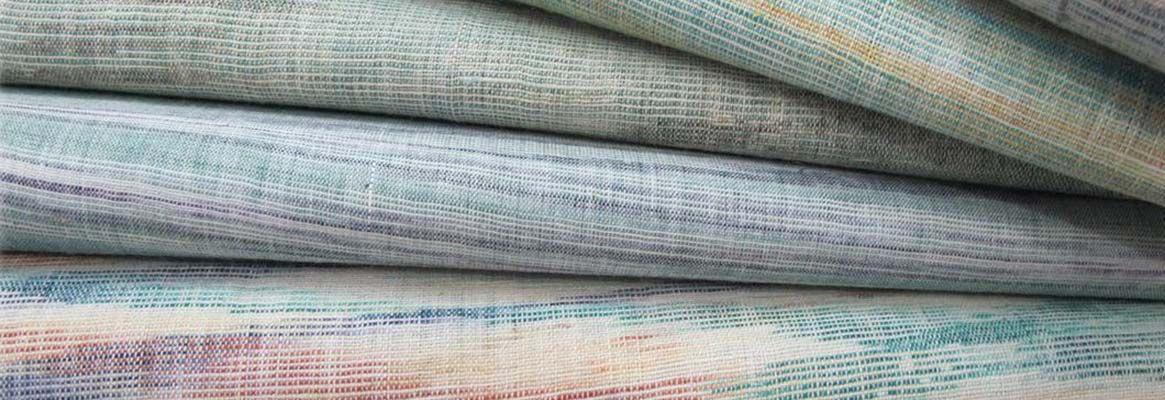
a fashion statement in India and is gradually getting popular across the globe, says Ashok Athalye
fabric made by hand-spun and hand-woven cotton, silk, wool or a mixture of these fibres. It is a traditional way of textile manufacturing
Read MoreKhadi in Motion
Watch the beauty of Khadi come to life through these captivating videos
The Indian Khadi | Know Your Country | National Geographic
SMART CLOTH FOR SMART INDIA | A DOCUMENTARY FILM PRODUCED BY BADLAO FOUNDATION
About Khadi
The fabric that became a symbol of India's independence movement
Types of Khadi
Discover the diverse varieties of Khadi fabric, each with its unique texture and characteristics
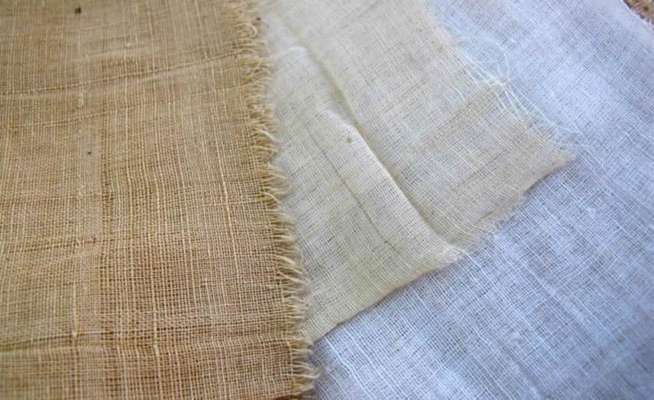
Cotton Khadi
The most common variety, known for its breathability and comfort. Perfect for India's tropical climate.
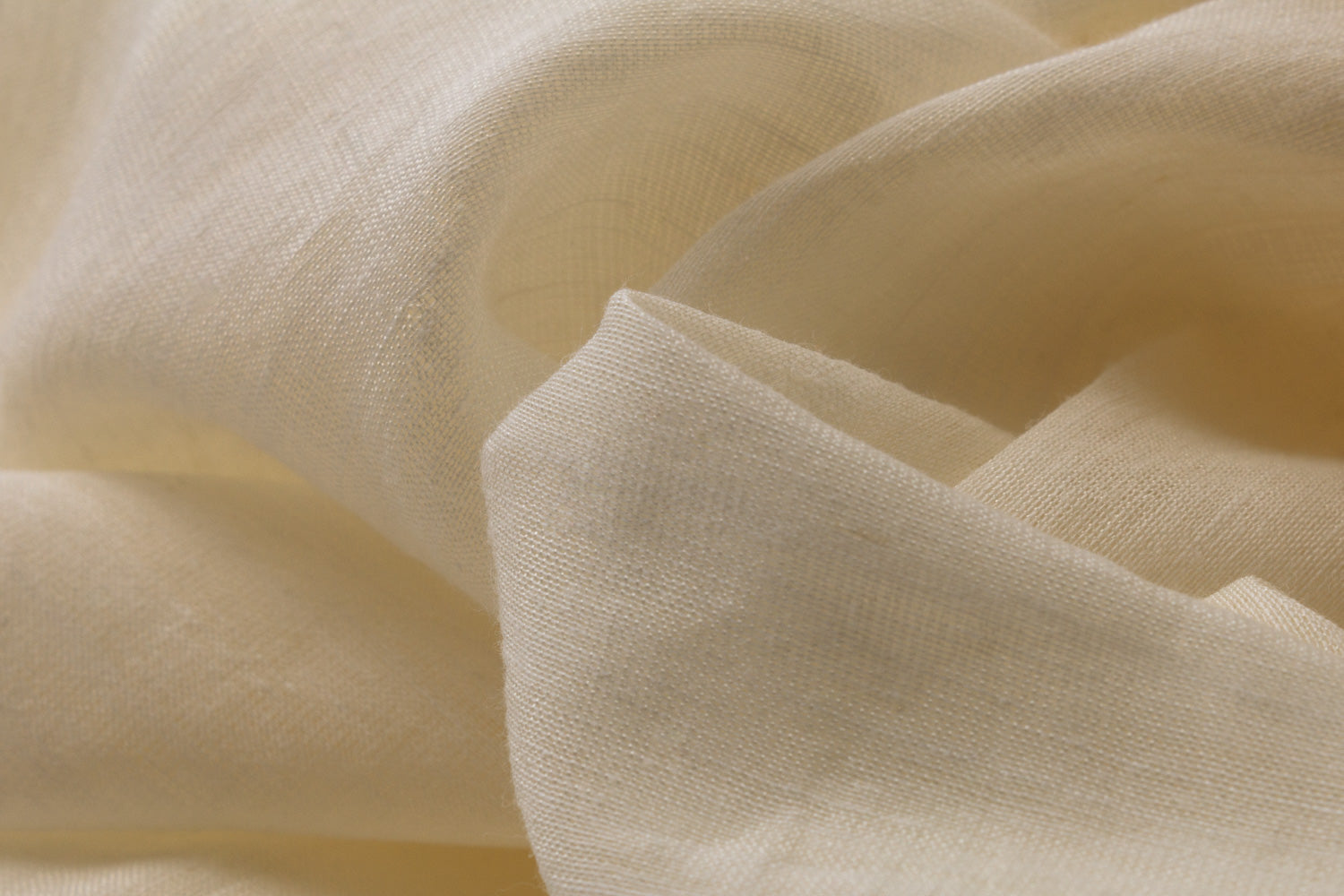
Silk Khadi
A luxurious variant with a natural sheen, often used for special occasions and formal wear.
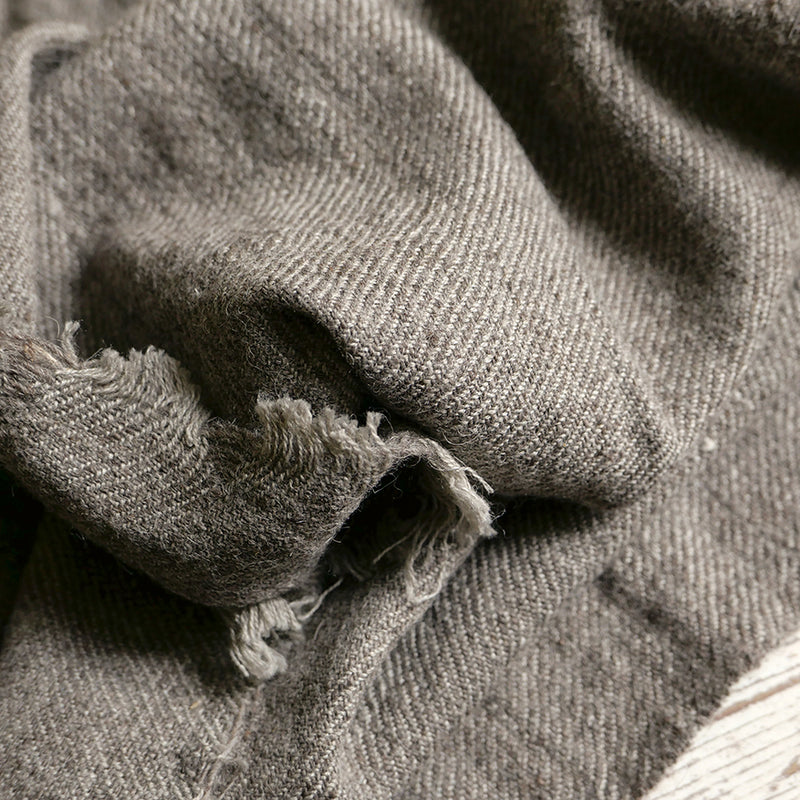
Woolen Khadi
Warm and durable, ideal for winter clothing. Primarily produced in northern regions of India.
Muslin Khadi
An ultra-fine, lightweight fabric with a rich history dating back to ancient India.
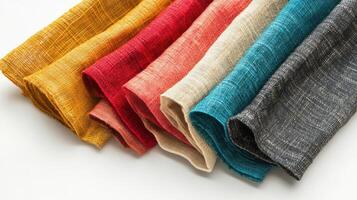
Designer Khadi
Contemporary interpretations by fashion designers, blending traditional techniques with modern aesthetics.

Blended Khadi
Innovative combinations with other natural fibers like linen or bamboo for enhanced properties.
How Khadi is Made
The meticulous process behind creating authentic Khadi fabric
Cotton Harvesting
Organic cotton is hand-picked from fields, ensuring the highest quality fibers.
Ginning & Carding
Cotton is cleaned and fibers are aligned using traditional wooden tools.
Hand Spinning
Fibers are spun into yarn using the charkha (spinning wheel).
Hand Weaving
Yarn is woven into fabric on handlooms by skilled weavers.
Why Handmade Matters
Supports Artisans
Each Khadi product provides livelihood to multiple rural artisans.
Eco-Friendly
Zero electricity used in production makes it truly sustainable.
Preserves Heritage
Keeps ancient textile traditions alive for future generations.
Khadi and Sustainability
How Khadi leads the way in sustainable fashion and responsible consumption
Khadi's Role in Sustainable Development
Social Impact
Provides employment to rural artisans, especially women, empowering them economically.
Environmental Impact
Reduces strain on natural resources and prevents pollution from textile waste.
Cultural Impact
Preserves traditional craftsmanship and promotes India's textile heritage globally.
Khadi Shopping Guide
How to identify and purchase authentic Khadi products
Caring for Your Khadi
Hand Wash
Use mild detergent in cold water to preserve fabric integrity.
Dry Naturally
Avoid machine drying - lay flat or hang in shade to dry.
Iron Carefully
Use medium heat with cloth between iron and fabric.
Proper Storage
Store in breathable cotton bags with neem leaves to prevent moths.
Minimal Alterations
Khadi frays easily - have alterations done by experienced tailors.
Long-Term Care
With proper care, Khadi garments last for decades and become softer with time.
History of Khadi
The journey of Khadi from ancient India to the freedom movement and beyond
Ancient Origins
3000 BCE - 1500 CE
Evidence of handspun, handwoven cotton fabrics in the Indus Valley Civilization. Khadi-like fabrics mentioned in ancient texts like the Vedas and Arthashastra.
India had a thriving cotton industry; archaeologists found spindles and cotton fabrics in Mohenjo-Daro and Harappa.
Colonial Decline
1750 - 1900
British policies systematically destroyed India's handloom industry, flooding markets with cheap mill-made cloth from England, leading to widespread unemployment among weavers.

Gandhi's Revolution
1918 - 1947
Mahatma Gandhi transformed Khadi into a symbol of self-reliance and resistance. The charkha became central to the Swadeshi movement, with spinning made a daily ritual for freedom fighters.
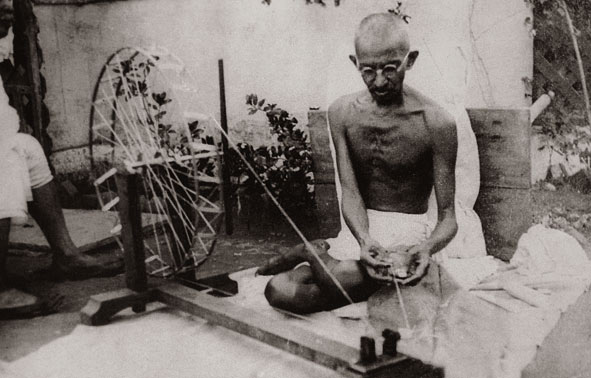
Post-Independence
1947 - 1990
KVIC established in 1956 to promote Khadi. While initially seen as "poor man's cloth", Khadi remained a symbol of national pride but struggled against synthetic fabrics.
Modern Renaissance
2000 - Present
Khadi reinvented as premium sustainable fabric. Designers incorporate Khadi into contemporary fashion. Global demand grows as consumers seek ethical and eco-friendly textiles.
Khadi Gallery
Visual journey through the beauty and diversity of Khadi
Spinning Yarn
Artisan spinning cotton on a charkha
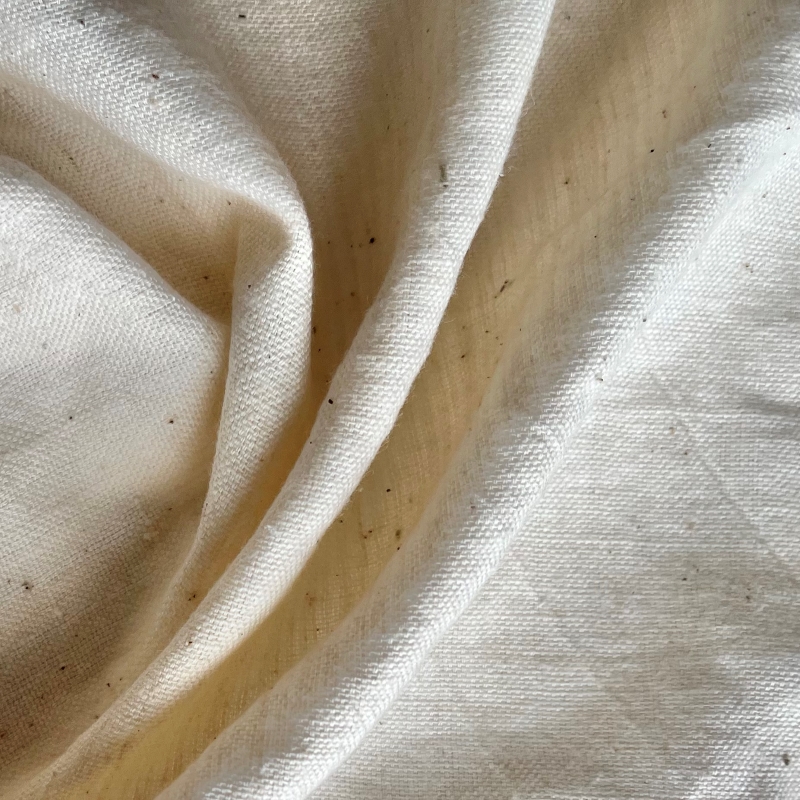
Handwoven Texture
Close-up of authentic Khadi fabric
Contemporary Style
Modern Khadi outfit by a designer
Freedom Movement
Khadi as a symbol of independence
Handloom Weaving
Artisan at work on a traditional loom
Elegant Ensemble
Khadi silk saree with traditional motifs
Khadi Videos
Watch and learn about Khadi's journey from fiber to fashion
Khadi - The Fabric Of Freedom
A 18 years old documentary following history of khadi .
Khadi - एक amazing fabric
A Short Video on khadi fabric by kanishk Shukla.
Khadi Documentary | History of Gandhi & Charkha
This film was created by Film Division. This film on Khadi fabric gives much information about Khadi. The documentary is historic itself. Modern documentaries too can not compete with this Documentary.
How was it made? Traditional Indian Weaving
a significant part of the Indian economy, providing work to millions. The V&A visited Rajasthan Khadi Sangh to watch how they turn cotton into plain-woven cloth.
Indian Khadi | khadi - The Fabric of India | Incredible India | PuStack
Khadi is naturally hand-woven fabric. Widely used in India, Pakistan, and Bangladesh. Commonly khadi is woven with cotton and also uses silk and wool which are spun on a charkha.
Khadi Documentry
Innovations and challenges in bringing Khadi to global markets while preserving its essence.